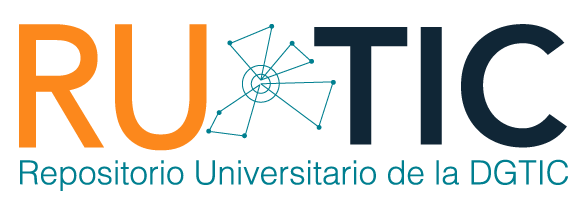| dc.coverage.spatial | MX | |
| dc.date.accessioned | 2018-06-28T04:41:12Z | |
| dc.date.available | 2018-06-28T04:41:12Z | |
| dc.date.issued | 2004-07-10 | |
| dc.identifier.uri | https://ru.tic.unam.mx/handle/123456789/764 | |
| dc.description | Estancias | |
| dc.description.abstract | Una de las manifestaciones más interesantes de la cultura maya es su religión; a través de ésta podemos penetrar en el pensamiento del hombre y responder a innumerables preguntas que dan sentido a su existencia. Los mitos cuentan cuál fue el origen del cosmos, de los dioses, de los hombres, de los animales y de las plantas que forman el entorno maya. La razón por la que las deidades deciden crear a los seres humanos es para tener quien los sustentara, pues los dioses, si bien son las manifestaciones de diferentes fuerzas y elementos de la naturaleza como el Sol, la Luna, la lluvia y el maíz, no son omnipotentes y por ello necesitan de la ofrenda de los hombres. Así surgen los ritos, conductas sagradas por la que los mayas se acercaban al universo divino y gracias a un intercambio de dones se mantenía la armonía del cosmos. Y el don más preciado que podía ofrecerse era la propia sangre, ya sea por medio del autosacrificio o bien ofrendando la vida de otros seres humanos | es_MX |
| dc.description.abstract | One of the most interesting manifestations in the Mayan culture is their religion; through this we can penetrate in the man's thought and to respond to countless questions that give sense to their existence. The myths tell us which was the origin of the cosmos, of the gods, of the men, of the animals and of the plants that form the man's environment. The reason for which the deities decide to create to the human beings is to have who sustained them, because the gods, although they are the manifestations of different forces and elements of the nature like the Sun, the Moon, the rain and the corn, they are not omnipotent and in and of itself they need of the offering of the men. The rites arise this way, sacred behaviors for which the Mayan came closer to the divine universe and thanks to an exchange of gifts he/she stayed the harmony of the cosmos. And the most valuable gift that could offer was the own blood, either by means of the autosacrifice or offering the life of other human beings | en |
| dc.format | html | |
| dc.format | application/pdf | |
| dc.format.extent | 65.6 kb | |
| dc.format.extent | 5.1 Mb | |
| dc.language | spa | |
| dc.publisher | Universidad Nacional Autónoma de México. Dirección General de Cómputo y de Tecnologías de Información y Comunicación. Revista Digital Universitaria | |
| dc.relation.isformatof | http://www.revista.unam.mx/vol.5/num7/art39/ago_art39.pdf | |
| dc.relation.ispartof | http://www.revista.unam.mx/indexago04.html | |
| dc.rights | openAccess | |
| dc.source | Revista Digital Universitaria (1607 - 6079). Vol. 5, No.7 (2004) | |
| dc.subject | Mitos | |
| dc.subject | Rituales | |
| dc.title | Del mito al ritual | es_MX |
| dc.title.alternative | Of the myth to the ritual | en |
| dc.type | article | en |
| dc.subject.keywords | Religión maya, Cosmogonía, Cosmología, Dioses, Rituales | |
| dc.identifier.url | http://www.revista.unam.mx/vol.5/num7/art39/art39.htm | |
| dc.creator | MARTHA ILIA NAJERA CORONADO | |
| dc.rights.url | http://creativecommons.org/licenses/by-nc-sa/4.0 |
Files in this item
This item appears in the following Collection(s)
COMPARTE
BÚSQUEDA
Escriba el texto a buscar en DSpace
CONTACTO
El Repositorio Universitario de la DGTIC se edita en la Dirección General de Cómputo y
de Tecnologías de Información y Comunicación (DGTIC), de la Universidad Nacional Autónoma de México (UNAM)
Circuito Exterior s/n, Ciudad Universitaria, Coyoacán, C.P. 04510, México, D.F
Tel: +(52) (55) 56228166 Email: rutic@unam.mx









 ¿Qué es un repositorio...?
¿Qué es un repositorio...? ¿Qué beneficios obtengo...?
¿Qué beneficios obtengo...? ¿Qué tipo de recursos...?
¿Qué tipo de recursos...? Preguntas frecuentes
Preguntas frecuentes